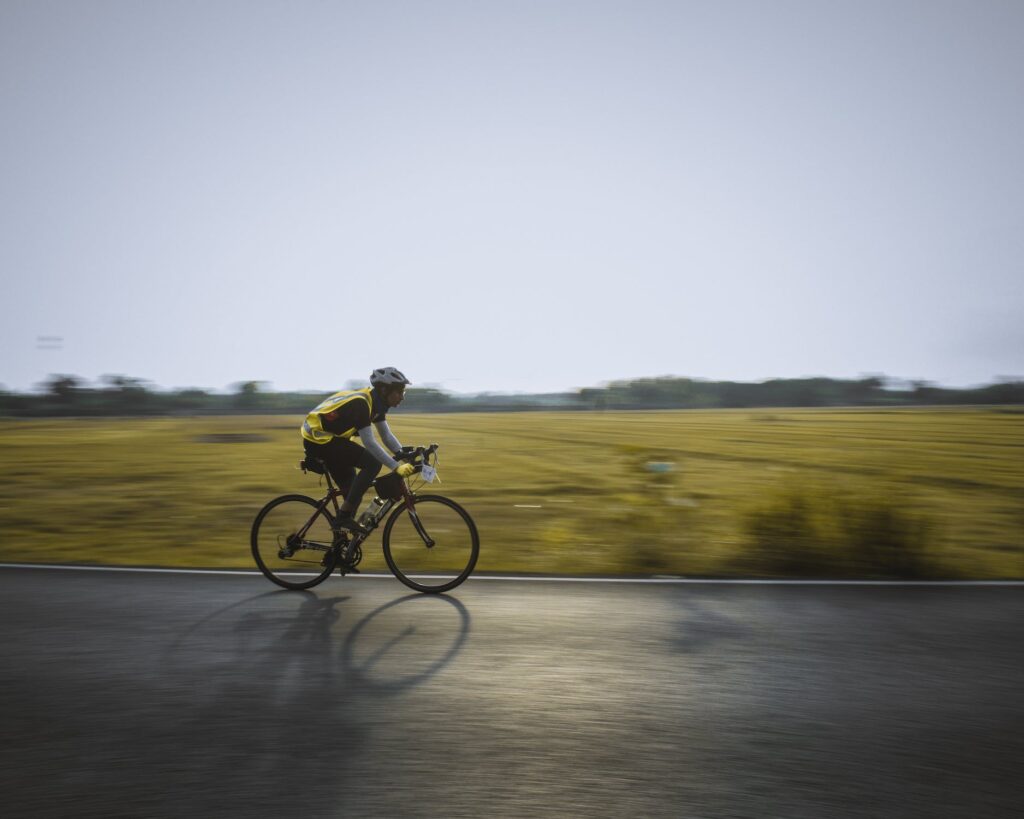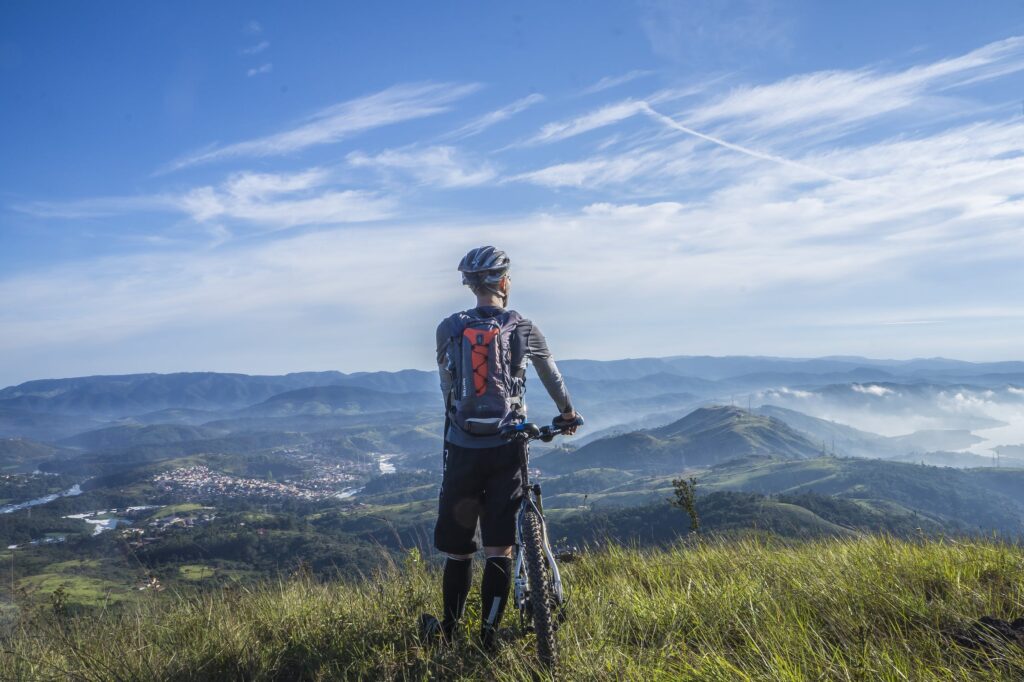Cycling is a fantastic way to see South America; it’s just as enjoyable and demanding as hiking.
Cycling might have been designed for South America.
This exercise is an excellent opportunity to see the adventure and biodiversity that South America has to offer. The following are a few of the most exciting and wildlife-filled bicycle routes in South America:
1. Argentina’s Los Alerces National Park:

Los Alerces National Park in Argentine Patagonia is a little further south and offers a more natural alternative to the Seven Lakes. It’s considerably more off-the-beaten-path, but equally magnificent. There aren’t really any cities and the road is gravel rather than Tarmac, however there are a lot of lovely lakeside campgrounds.
You will pass the Futalaufquen, Verde, and Rivadavia lakes’ shorelines as you travel over the uneven path, with mountains on the other side. The National Park itself is named for the Alerce tree, which can survive for more than 3,500 years. The area geology has been altered by numerous glaciations over millennia, creating a stunning mountainscape of moraines, steep valleys, craggy peaks, and woods. At the lake’s edge, on the stony beaches, It’s not unusual to observe fish eating on the surface of the water while fishermen from the area search for meals.
2. Peru (The Peru’s divide):

One of the toughest rides in the Andes is the Peru Divide. The Adventure Cycle-Touring Handbook and Pikes on Bikes authors Neil and Harriet Pike designed a mountain route that mostly consisted of gravel backroads and ran close to the spine of Peru’s Andes. In some of the most distant regions of Peru, where the locals speak Quechua as much as Spanish, the route, which varies between 3,000m and 5,000m, is made up of enormous climbs.
Cycling 50 km a day is typical, but it still takes a lot of work. The benefits, though, are incredible. There is nothing quite like cresting a 5,000-metre peak and realising that, despite the loftiness of your vantage position, there isn’t a single person to be found for miles in every direction.
3. Passing over the Chile-Argentina border:

Cycling up a mountain is one thing; cycling down one where the descent takes you across an international boundary is quite another. This is the situation at a number of high passes in the Andes, where Argentina occupies the east and Chile rolls down the western face, with the spine of the Andes frequently denoting the border.
There are multiple passes, each with their unique attractions, but Paso de Jama is the highest at 4,831m. These include the wilder and more desolate Paso Pircas Negras (4,400m), an associate just one automobile during an eight-hour day of driving, and the Paso San Francisco (4,730m), which passes through the highest volcano in the world, Ojos de Salado. It is only legal to pass there during these months because some of the high mountain Passport Control offices are only operational during the summer months of Argentina and Chile (December to March).
4. Argentina’s Seven Lakes Route:

One of Argentina’s most beautiful natural locations is the Route of the Seven Lakes, also known as Ruta de los Siete Lagos. Between the communities of Villa la Angostura and St. Martin de los Andes, a smooth, 105-kilometre Tarmac road meanders around the shorelines of seven lakes: Correntoso, Espejo, Escondido, Villarino, Falkner, Machónico, and Lácar
Any list of must-have Argentina belt buckles always has the Argentine Lake District near the top. To ensure you have enough time to park your bike, stroll along the lake’s wooded banks, or explore side roads that lead to other lakes like Traful, Espejo Chico, and Hermoso, give yourself a couple of days.
5. Chile’s Austral Highway:

One of the most recognizable features of any cycling tour across South America is the Carretera Austral, sometimes known as the “Southern Highway,” which runs through Chilean Patagonia. The British explorer Al Humphreys called it “the most beautiful road I have cycled” in his two-volume account of his around-the-world bike voyage. It is frequently hailed as the world’s finest road trip.
The Carretera has a wild atmosphere since it connects cities and villages with a combined population of barely over 100,000 despite being almost 1,200 kilometres long. Every iconic Patagonian image may be found in the picturesque terrain, including woods, lakes, glaciers, snow-capped mountains, and Patagonian small-town life. Although there are several gravel sections and some hills, Chile has a wild feel about it.
Conclusion:
These cycling routes in South America have it all, whether you’re seeking for breathtaking scenery, unusual animals, or an exhilarating adventure. Just be sure to prepare in advance, pack the proper equipment and materials, and put safety first. You can check our article on bike accessories everyone has to have. Happy cycling.

